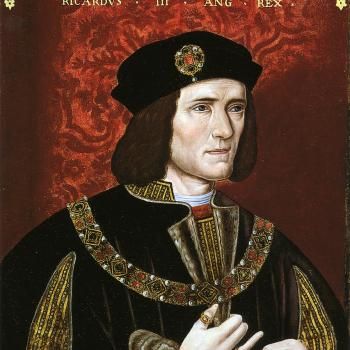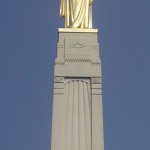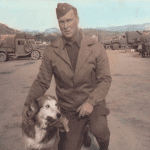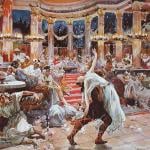
Three more paragraphs, grinding on . . .
In September of 1947, two years after the end of the Second World War, the Palestine-Syrian Mission was reopened, again under the experienced leadership of Badwagon Piranian and his wife, who had previously presided over it during the years from 1933 to 1937. Things had changed a great deal. Two branches of the Church still existed within the mission, one in Aleppo and the other in Beirut, with a few members scattered in Damascus and Jerusalem. Altogether, the membership within the mission was less than seventy. Thus, the mission president and the elders who worked with him decided to concentrate their efforts on proselyting. At the first, they worked mostly with Armenians. Gradually, however, they began to work with the English- and French-speaking populations in Beirut and Tripoli, including a large number of Palestinian Arab refugees. One technique that was used to gain publicity for the Church was the organization of a missionary basketball team. Even when they lost, as in a game against the Syrian Olympic team in 1949, they won friends. Their star was a missionary by the name of Carlos E. Asay, who later went on to tour throughout the Middle East as a member of the Lebanese National Basketball Team and, much later, to serve in the First Quorum of the Seventy.
With the changing political conditions in the region, which made it impossible to preach the gospel in either Syria or Israel/Palestine, the Palestine-Syrian Mission was rechristened as the Near East Mission. Unfortunately, by the close of 1950 it had become evident that the disturbed conditions of the region made any kind of missionary work impossible in most areas. The mission was therefore closed, and the missionaries were transferred to different fields of labor in Europe and elsewhere. President Piranian was sent to Fresno, California, to continue his service among the large Armenian immigrant population in that area. The few members remaining in Beirut and Aleppo were placed under the jurisdiction of the Switzerland Mission. A few missionaries, sent from Switzerland, continued to labor in Beirut.
Over a hundred years of intermittent missionary labor in the Near East have produced only scanty results. The golden age of conversions came in the 1890s. Most converts were Armenian Christians, with a fair number of Germans also figuring in the totals. Some Greeks and Bulgarians joined the Church, along with a very small number of Arabs and Turks. Efforts among these latter groups were limited by the fact that very few missionaries ever became proficient in the languages that were necessary in order to reach them. Foreign customs, political restrictions and instabilities, and, of course, Islam itself all served as further barriers to the success of the missionaries. (I have not even mentioned the Church’s short-lived mission in Iran, which had to be abandoned when the Islamic revolution turned that country into a xenophobic religious tyranny.)
Posted from Richmond, Virginia












